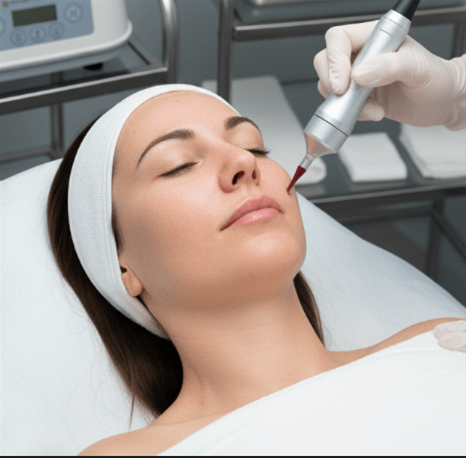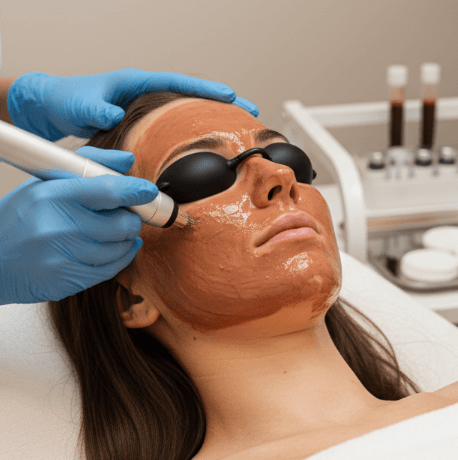Korea has become a world-renowned destination for advanced skincare treatments, and LED light therapy stands out as one of the safest, most effective, and non-invasive options available. International patients traveling to Korea for medical tourism or beauty treatments often seek LED therapy to rejuvenate their skin, accelerate healing after procedures, or simply maintain a radiant complexion.
However, ensuring a safe and positive LED light therapy experience requires understanding the treatment, selecting the right clinic, and following important safety guidelines. This comprehensive guide will help international visitors navigate the process safely and confidently.
Why Safety Matters for LED Light Therapy in Medical Tourism
Though LED light therapy is generally low-risk, medical tourists must consider factors unique to international travel:
- Different skin types and conditions reacting to treatment
- Timing of LED sessions relative to surgeries or procedures
- Quality and regulation of devices used in clinics
- Language barriers affecting communication of medical history and concerns
- Appropriate pre- and post-treatment care while abroad
Being informed helps prevent complications such as skin irritation, ineffective treatment, or delayed healing.
Step 1: Choose a Reputable Clinic with Certified LED Devices
- Look for clinics certified by Korean health authorities (KFDA) or internationally recognized bodies.
- Prefer clinics using FDA-approved LED devices, which guarantee safety and efficacy.
- Read reviews from past international patients to assess clinic professionalism and treatment quality.
- Confirm the clinic employs licensed dermatologists or experienced aestheticians who specialize in LED therapy.
- Verify that English-speaking staff or medical coordinators are available to assist communication.
Step 2: Get a Professional Skin Consultation Before Treatment
- A thorough skin evaluation is crucial. Clinics often use digital skin analysis tools and dermatologist exams to tailor the treatment.
- Disclose any history of photosensitivity, skin cancer, medication usage (like Accutane or photosensitizing drugs), or recent skin procedures.
- Discuss your skin type, concerns, and goals to ensure LED therapy is appropriate.
- If you are recovering from surgery or laser, ask if the clinic has experience integrating LED into post-op care safely.
Step 3: Understand Proper Timing of LED Therapy
- Avoid LED treatment immediately after aggressive procedures unless cleared by your surgeon or dermatologist.
- For post-surgical patients, LED therapy usually starts 24–48 hours after surgery to reduce inflammation and promote healing.
- If traveling long distances, schedule LED sessions after arrival to rejuvenate skin affected by dry cabin air and jet lag.
- Plan LED sessions in a series (e.g., 3–5 sessions over days) to maximize benefits.
Step 4: Follow Pre-Treatment and Post-Treatment Care Instructions
Before Treatment:
- Avoid applying retinol, acids, or exfoliating agents 2–3 days prior to LED therapy.
- Remove all makeup, sunscreen, and skincare products before your session.
- Stay hydrated and get restful sleep.
After Treatment:
- Use gentle, hydrating skincare products recommended by your provider.
- Avoid direct sun exposure or apply broad-spectrum sunscreen diligently.
- Do not use harsh exfoliants or chemical peels immediately after LED therapy.
- Follow any specific instructions your clinic provides, especially if combining LED with other treatments.
Step 5: Recognize and Report Any Adverse Reactions
Though rare, some patients may experience mild side effects such as:
- Temporary redness or warmth
- Dryness or tightness
- Mild itching or tingling
If you notice persistent or severe reactions like swelling, blistering, or pain, contact your clinic immediately. Most reputable clinics provide post-treatment support and emergency contact information for international patients.
Step 6: Communicate Travel and Health Details Clearly
- Inform your clinic about your travel itinerary and time zone changes so they can recommend ideal session timing.
- Share your full medical history, including allergies and medications.
- If you have underlying conditions such as lupus or epilepsy, disclose these as they may affect suitability for light therapies.
Additional Safety Tips for International Patients
- Book treatments through trusted medical tourism agencies or directly with accredited clinics to avoid scams.
- Bring along a translator app or medical translation service if language is a barrier.
- Keep a record of treatments, device types, and practitioner names for follow-up care back home.
- Avoid combining LED therapy with unverified at-home devices without professional guidance.
- Carry sunscreen and protective clothing to protect your skin while traveling outdoors.
Why Korea Is a Safe Choice for LED Light Therapy
- Korea’s strict medical regulations ensure high standards for devices and clinics.
- The country’s leading dermatologists and aestheticians are experts in advanced light therapies.
- Clinics catering to international patients prioritize safety and provide personalized treatment plans.
- Many facilities offer comprehensive aftercare programs for medical tourists, including emergency support.
Final Thoughts
LED light therapy is a gentle, effective, and safe treatment option for international patients visiting Korea — when approached with proper care and planning. By selecting reputable clinics, following medical advice, and maintaining good communication, you can enjoy the glowing, healthy skin benefits of Korea’s cutting-edge skincare technology while minimizing risks.




